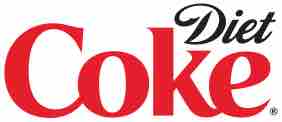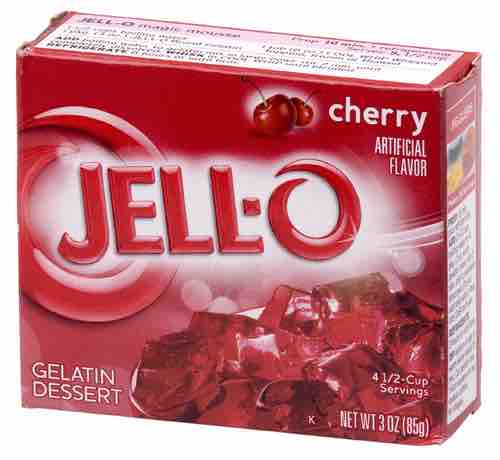What is a Brand Line?
Brand line is a marketing term used to describe all the products sold under a single brand name. New flavors, package sizes, nutritional content, or products containing special additives are included in this definition. More than half of all new products introduced each year are brand line extensions. For example, when a coffee manufacturer adds decaffeinated coffee to the same brand line of coffee products already on the market (such as regular coffee and instant coffee), a line extension has been made. Line extensions do not compete with each other, since each answers different needs and thus appeals to a different market.
Another form of brand extension is a licensed brand extension. In this scenario, the brand-owner works with a partner (sometimes a competitor), who takes on the responsibility of manufacturing and sales of the new products, paying a royalty every time a product is sold.
A company introduces a brand line extension (also referred to as product line extension) by using an established product's brand name to launch a new or slightly different item which may or may not be in the same product category. For example, Diet Coke™ is a line extension of the parent brand Coke ™. While the products have distinct differences, they are in the same product category. The new product is oftentimes referred to as a spin-off.

Diet Coke logo
Diet Coke is a brand line extension of the Coca Cola Brand.
What is the Purpose of a Brand Line or Brand Extension?
Organizations use this strategy to increase and leverage brand equity. An example of a brand extension is Jell-O gelatin creating Jello pudding pops. It increases awareness of the brand name and increases profitability from offerings in more than one product category.

Jell-O gelatin
Jell-O brand launched a brand line extension of Jell-O Pudding.
Brand line extensions are crucial because they reduce financial risk associated with new product development by leveraging the parent brand name to enhance consumers' perception as a result of its core brand equity. Due to the established success of the parent brand, consumers will have instant recognition of the product name and will be more likely to try the new line extension.
Also, launching a new product is time consuming and requires a generous budget to create awareness and to promote a product's benefits. As a result, promotional costs are much lower for a line extension than for a completely new product. More products expand the company's shelf space presence, thereby enhancing brand recognition. For example, consider Campbell's Soups™ – the strength of the Campbell's™ brand lowers costs of launching a new flavor of soup, such as Creamy Chicken Noodle™, due to the established brand name and package design. Consumers who have enjoyed Campbell's Chicken Noodle Soup™ are likely to try Campbell's Creamy Chicken Noodle Soup™ , even with minimal impact from advertisements and promotions.

Campbell Soup Brand and Varieties Line Extensions
The many varieties and line extensions of Campbell Soup extended beyond the typical chicken noodle soup.
Overall, the main benefits of a brand line extension are:
- Expand company shelf space presence.
- Gain more potential customers.
- Offer customers more variety.
- Greater marketing efficiency.
- Greater production efficiency.
- Lower promotional costs.
- Increased profits.
Brand Line Extensions Can Also Represent Risk
While there can be significant benefits in brand extension strategies, there can also be significant risks, resulting in a diluted or severely damaged brand image. Poor choices for brand extension may dilute and deteriorate the core brand and damage the brand equity. Most of the literature focuses on the consumer evaluation and positive impact on a parent brand. In practical cases, the failures of brand extension are at a higher rate than the successes. Some studies show that negative impact may dilute brand image and equity. In spite of the positive impact of brand extension, negative association and wrong communication strategy can do harm to the parent brand and even the brand family.
Brand line extensions do present two potential main threats. If the new line extension fails to satisfy, consumers' attitudes toward other products carrying the same brand name may be damaged. Additionally, there is potential for intra-firm competition between the parent product and the line extension or between two or more line extensions. The key to avoiding intra-firm competition is to clearly differentiate between products. Although similar, the products must be different enough that they will not compete with one another as much as they will with the brands of rival companies.